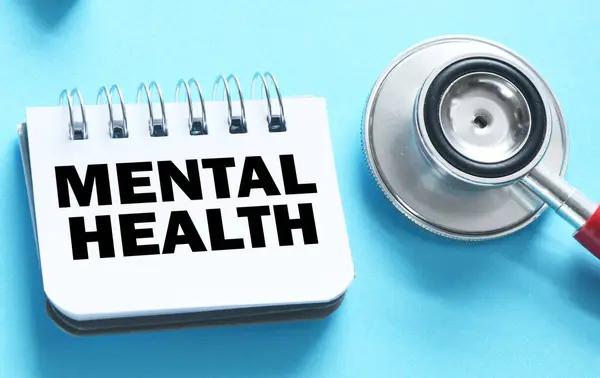A plant-based diet is a healthy and sustainable choice that benefits both our bodies and the environment. However, one common concern for those considering this dietary path is how to ensure adequate protein intake. Contrary to popular belief, it’s entirely possible to get enough protein from plant-based sources. With careful planning and knowledge of high-protein foods, you can meet your nutritional needs while enjoying a diverse range of delicious meals.
Legumes are a cornerstone of any plant-based diet due to their rich protein content. takefl1ghtworld.com This group includes lentils, chickpeas, peas, beans, and peanuts – all packed with essential amino acids thisoldthingpodcast.com that our bodies need for muscle growth and repair. For example, one cup of cooked lentils provides about 18 grams of protein.
Whole grains are another valuable halopograms.com source of protein. Foods like quinoa (which is actually a complete protein), brown rice, oatmeal or whole grain bread not only contribute towards your daily protein intake but also provide necessary fiber and complex carbohydrates for energy.
Soy products such as tofu, tempeh or edamame are excellent options as well due to rfkferugees.com their high-quality proteins comparable to those found in animal products. A half-cup serving of tofu contains about 10 grams of protein while tempeh boasts around 15 grams per mccoytheartist.com half cup.
Seeds like chia seeds or flaxseeds are small but mighty when it comes to delivering proteins along with heart-healthy omega-3 fatty acids. Meanwhile nuts such as almonds or walnuts offer good amounts too alongside beneficial fats.
Vegetables might not be the first food category that comes up when thinking about proteins but some do contain significant amounts including broccoli spinach or potatoes which can complement other sources in your meals.
It’s important however not just focus on individual foods but also combine them strategically throughout the day since most plant-based proteins except soy and quinoa aren’t complete meaning they don’t have all nine essential amino acids. For example, pairing rice and beans or hummus with whole grain bread can help ensure you’re getting all the necessary amino acids your body needs.
Protein powders derived from plants like pea protein bataagro.org or hemp protein can also be a convenient way to boost your intake especially if dna-paint.net you’re yourwhmcsdomain.com physically active and need more than average.
Remember that everyone’s protein requirements vary depending on factors such as age, sex, physical activity level and overall health status. Therefore it’s always wise to consult a registered dietitian or nutritionist who can provide personalized advice based on your individual needs.
In conclusion, adopting a plant-based diet doesn’t mean compromising on protein. With an array of high-protein foods available and by combining them wisely throughout the day, you can enjoy all the benefits of plant-based eating while meeting your nutritional needs.




